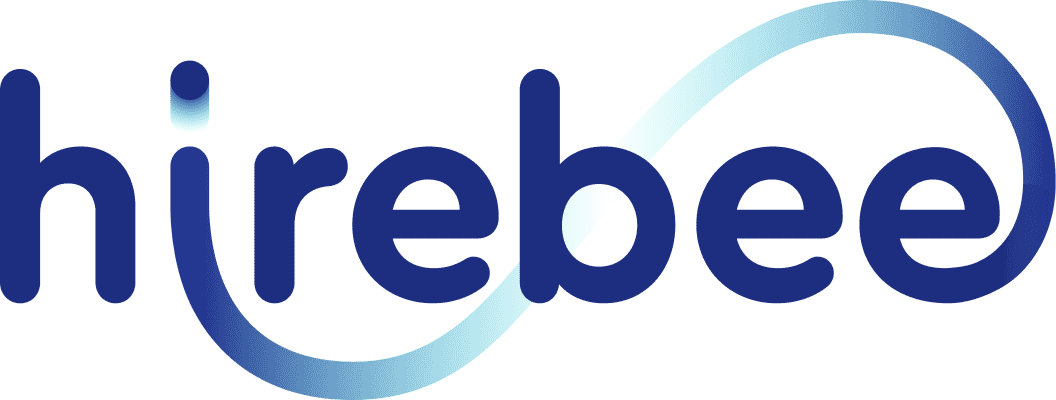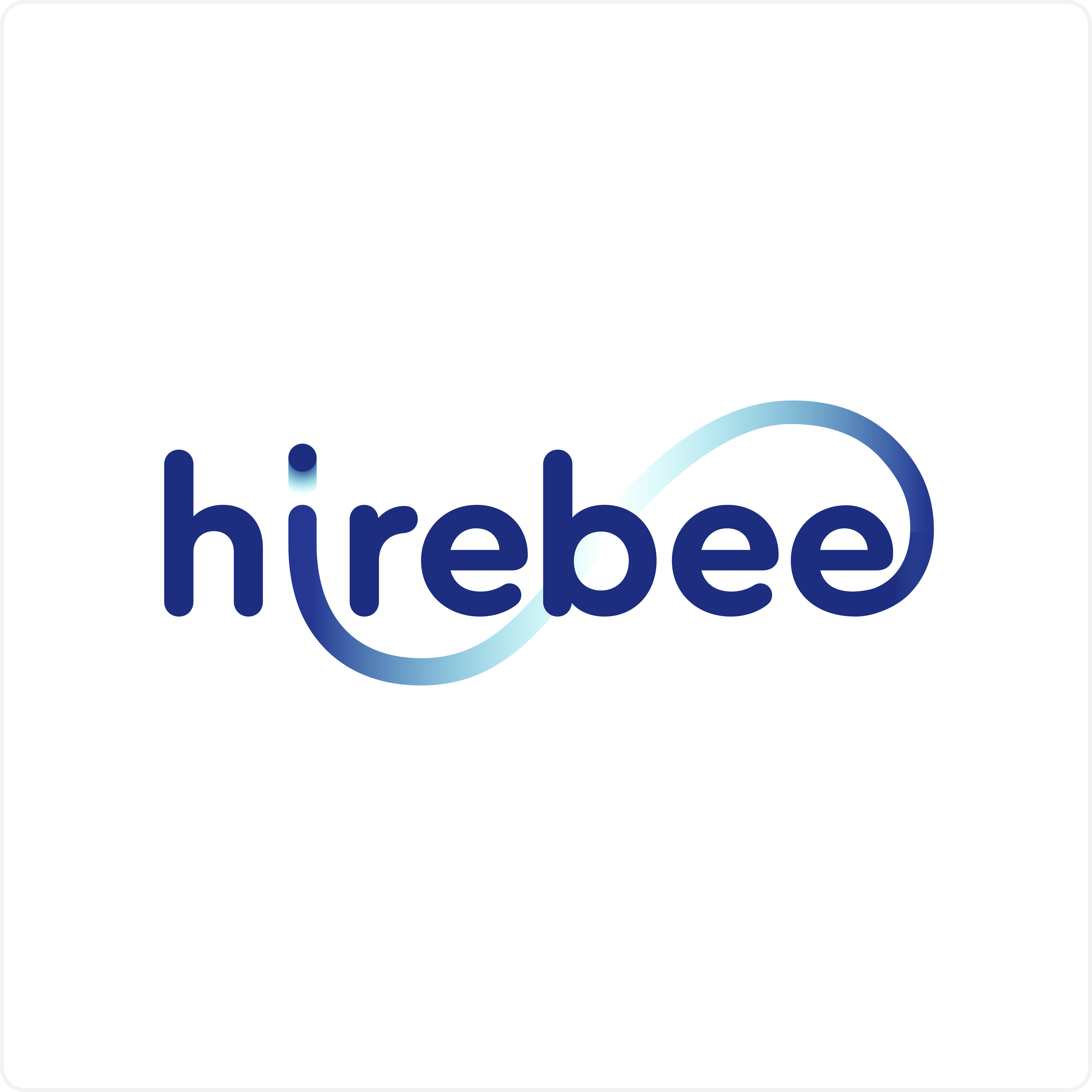Effective job postings play a crucial role in attracting qualified candidates and building a talented workforce. In today’s competitive job market, employers need to craft compelling job postings that stand out and resonate with potential applicants. This step-by-step guide aims to provide a comprehensive overview of the process involved in creating impactful job distribution.
From conducting job analysis and writing job descriptions to optimizing keywords and formatting content, each step is designed to enhance the visibility and appeal of job postings. By following this guide, employers can increase their chances of attracting the right candidates and ultimately hiring the best fit for their organizations.

Table of Contents
ToggleStep 1: Job Analysis and Planning
A successful job posting begins with a thorough job analysis and careful planning. This step ensures that employers have a clear understanding of the position they are hiring for and can effectively communicate its requirements to potential candidates.
Identify the job title and responsibilities
Start by defining the job title that accurately reflects the role and responsibilities. Clearly outline the primary tasks, duties, and responsibilities associated with the position. This helps candidates understand what will be expected of them and ensures alignment between the job title and the actual job content.
Determine the required qualifications and skills
Identify the essential qualifications, skills, and experience necessary to perform the job effectively. This includes educational background, certifications, technical skills, and any specific industry knowledge or expertise required. Differentiate between must-have qualifications and preferred qualifications to provide candidates with a clear understanding of the minimum requirements.
Define the job’s purpose and goals
Articulate the purpose of the position and how it contributes to the overall goals and objectives of the organization. Clearly communicate the impact the role will have and the outcomes expected from the successful candidate. This helps candidates understand the significance of the position and motivates them to apply.
By investing time and effort in job analysis and planning, employers can create job postings that accurately represent the role, attract the right candidates, and set the stage for a successful recruitment workflow process.
Step 2: Job Description Writing
Crafting a well-written and comprehensive job description is crucial for attracting qualified candidates who align with the requirements and expectations of the position. This step focuses on effectively communicating the job details, responsibilities, and qualifications.
Provide a concise and clear job title
Choose a job title that accurately reflects the nature of the position and is easily understandable to candidates. A concise and specific job title helps candidates quickly identify if the role aligns with their interests and expertise.
Summarize the job’s key responsibilities
Clearly outline the primary duties and responsibilities associated with the role. Break down the key tasks and activities that the successful candidate will be responsible for. This provides candidates with a clear understanding of what they can expect in the position.
Outline the required qualifications and skills
List the essential qualifications, skills, and experience necessary for the role. Specify the educational background, relevant work experience, certifications, and any specific technical or soft skills required. This helps candidates assess their eligibility and suitability for the position.
Specify any preferred qualifications or additional assets
Highlight any preferred qualifications or additional skills that would be beneficial for the role. This includes attributes such as language proficiency, leadership abilities, or familiarity with specific job posting software or tools. Differentiating between required and preferred qualifications helps candidates gauge their competitiveness.
Describe the company culture and values
Provide a brief overview of the company culture, values, and work environment. This allows candidates to determine if they align with the organization’s ethos and if they would thrive in the company’s atmosphere.
By creating a comprehensive job description that communicates the responsibilities, qualifications, and company culture, employers can attract candidates who possess the desired skills and fit well within the organization.
Step 3: Job Title and Keywords

Choosing an effective job title and incorporating relevant keywords in the job posting is essential for maximizing its visibility and attracting the right candidates. This step focuses on optimizing the job title and description for search engines and online job platforms.
Choose a job title that accurately reflects the position
Select a job title that accurately represents the role and is commonly used in the industry. Use standard job titles that candidates are familiar with to ensure clarity and understanding. Avoid vague or misleading titles that may confuse potential applicants.
Research keywords and incorporate them strategically
Conduct keyword research to identify the terms and phrases that candidates are likely to use when searching for similar positions. Incorporate these keywords strategically throughout the job description to increase the visibility of the posting in search engine results and job boards. This increases the likelihood of attracting relevant candidates.
Optimize the job title and description for search engines
Ensure that the job title and description are optimized for search engine optimization (SEO). This includes using relevant keywords in the title, headings, and content. Employers can also consider using location-specific keywords if the position is geographically bound.
By carefully selecting an accurate job title and strategically incorporating relevant keywords, employers can enhance the visibility of their job posting and attract a larger pool of qualified candidates.
Step 4: Formatting and Organization
The formatting and organization of a job posting are crucial for creating a clear and visually appealing presentation of the information. A well-structured job posting enhances readability, captures the attention of potential candidates, and effectively communicates the key details of the position.
Use a consistent and professional format
Employ a consistent format throughout the job posting. Use a professional font, appropriate font size, and consistent spacing to ensure readability. Employers should also consider using bullet points, bold text, and subheadings to highlight key information and make the content easily scannable.
Organize the content in a logical manner:
Structure the job posting in a logical order that flows smoothly. Start with an engaging introduction, followed by a summary of the job responsibilities and qualifications. Use separate sections or paragraphs to highlight specific details such as preferred qualifications or company information. This organized approach helps candidates quickly locate the information they are seeking.
Utilize bullet points and headings for clarity
Breaking down information into bullet points or using headings for different sections makes the job posting easier to read and digest. Bullet points can be used to outline responsibilities or qualifications, while headings can be used to divide the posting into sections such as “Job Responsibilities,” “Qualifications,” or “Company Overview.”
By paying attention to the formatting and organization of the job posting, employers can present the information in a visually appealing and easily digestible manner. This increases the chances of capturing candidates’ attention and effectively conveying the key details of the position.
Step 5: Compensation and Benefits
Clearly communicating the compensation and benefits associated with the job is crucial for attracting qualified candidates and setting appropriate expectations. This step focuses on providing transparent and enticing information about the compensation package offered.
Clearly state the compensation range or salary
Specify the compensation range or salary offered for the position. Providing a clear indication of the expected pay helps candidates assess their fit and level of interest. If the salary is negotiable or dependent on experience, indicate that as well.
Outline the benefits and perks of the position
Detail the comprehensive benefits package and additional perks associated with the job. This may include health insurance, retirement plans, paid time off, flexible work arrangements, professional development opportunities, or any other incentives offered. Clearly communicating these benefits showcases the value the company places on employee well-being and satisfaction.
Highlight any unique or attractive aspects of the compensation package
If there are specific aspects of the compensation package that are particularly enticing or unique, emphasize them in the job posting. This could include bonuses, profit-sharing, stock options, or other incentives that set the position apart from similar roles. Highlighting these aspects can make the opportunity more appealing to potential candidates.
Providing transparent and comprehensive information about compensation and benefits helps candidates evaluate the overall value of the position. This transparency builds trust and attracts candidates who are aligned with the offered package, resulting in a higher likelihood of attracting qualified applicants.
Step 6: Application Instructions and Contact Information

Including clear job application form instructions and contact information in the job posting is vital for facilitating a smooth application process and enabling interested candidates to reach out with inquiries. This step focuses on providing explicit directions and accessible contact details.
Provide clear instructions on how to apply
Clearly outline the steps and requirements for submitting an application. Specify if candidates should email their resumes, complete an online form, or follow any other specific application process. If there are specific documents or materials to be included with the application, mention them explicitly.
Specify the preferred application method
Indicate the preferred method of receiving applications. If there is a specific email address, online portal, or application system to be used, provide the necessary details and links. This ensures that candidates submit their applications through the designated channels, making it easier for employers to track and manage the incoming applications.
Include relevant contact information for inquiries
Provide accurate and up-to-date contact information for candidate feedback forms to reach out with any questions or clarifications. Include an email address, phone number, or other preferred means of contact. Promptly respond to inquiries to maintain a positive impression and ensure candidates feel supported throughout the application process.
By providing clear candidate application form instructions and accessible contact information, employers streamline the application process and facilitate effective communication with potential candidates. This helps ensure that interested individuals can easily apply for the position and have their questions addressed promptly.
Step 8: Review and Proofreading
Thoroughly reviewing and proofreading the job posting is essential to ensure accuracy, clarity, and professionalism. This step focuses on meticulous editing to eliminate errors and inconsistencies in the content.
Conduct a thorough review of the job posting
Carefully read through the entire job posting, paying attention to each section and detail. Check for any factual errors, discrepancies, or missing information. Review the content with a critical eye to ensure it aligns with the intended message and accurately represents the position.
Check for any grammatical or spelling errors
Proofread the job posting to identify and correct any grammar or spelling mistakes. Poor grammar and spelling errors can undermine the credibility of the job posting and create a negative impression on potential candidates. Utilize spelling and grammar checkers or consider involving a second person to review the content for additional feedback.
Ensure consistency and clarity of the content
Verify that the content is consistent in terms of formatting, tone, and language usage. Ensure that the job responsibilities, qualifications, and other details are expressed clearly and concisely. Eliminate any jargon or confusing language that may hinder candidates’ understanding.
By dedicating time to reviewing and proofreading the job posting, employers demonstrate professionalism and attention to detail. A well-polished job posting enhances the employer’s brand image, attracts high-quality candidates, and increases the likelihood of a successful recruitment process.
Step 9: Posting and Promotion

Once the job posting is finalized and reviewed, it’s time to ensure its visibility and reach by strategically posting and promoting it through various channels. This step focuses on selecting the appropriate platforms and maximizing exposure for the job posting.
Determine the appropriate job posting platforms
Identify the platforms where the target audience is likely to search for job opportunities. This may include industry-specific job boards, general job search websites, social media platforms, or professional networking sites. Consider the relevance, reach, and cost-effectiveness of each platform when making the selection.
Post the job on relevant platforms
Create an account or use existing accounts on the chosen platforms and follow their posting guidelines. Craft a compelling job title and description that adheres to the character limits and formatting requirements of each platform. Ensure that all the relevant details, application instructions, and contact information are included in the post.
Utilize social media and other promotional channels
Leverage social media platforms, such as LinkedIn, Facebook, Twitter, and Instagram, to share the job posting with a wider audience. Craft engaging posts, incorporate relevant hashtags, and encourage sharing among the network. Additionally, consider reaching out to industry-specific groups, professional associations, and online communities to promote the job posting to targeted audiences.
By strategically posting and promoting the job opening, employers can increase the visibility and reach of their job posting, attracting a larger pool of qualified candidates. Leveraging a diverse range of platforms and utilizing social media networks can significantly enhance the chances of reaching potential applicants who may not have otherwise come across the job opportunity.
Step 10: Evaluation and Iteration
After the job posting has been live for a sufficient period, it is important to evaluate its effectiveness and make necessary adjustments based on feedback and results. This step focuses on analyzing the quality of applicants received and continuously improving the job posting for better outcomes.
Monitor the effectiveness of the job posting
Regularly track and analyze the metrics associated with the job posting. This may include the number of views, applications received, and the quality of applicants. Assess whether the posting is generating the desired level of interest and attracting candidates with the required qualifications and skills.
Analyze the quality of applicants received
Evaluate the suitability and fit of the applicants who have applied for the position. Assess whether the pool of candidates meets the desired criteria and aligns with the organizational needs. Identify any patterns or trends in the applicant pool to gain insights into the effectiveness of the job posting.
Make necessary adjustments based on feedback and results
Based on the evaluation and analysis, make adjustments to the job posting as needed. This may include revising the job description, modifying the application instructions, or refining the promotion strategy. Incorporate feedback from the talent acquisition team, recruiters, or candidates themselves to improve the content and presentation of the job posting.
By actively evaluating and iterating on the job posting, employers can optimize its effectiveness and attract a higher quality of applicants. Continuous improvement ensures that the job posting remains relevant, competitive, and aligned with the changing needs of the organization and the job market.
Conclusion
Crafting effective job postings is a critical step in attracting qualified candidates and building a successful workforce. By following this step-by-step guide, employers can create job postings that stand out, accurately represent the position, and appeal to potential candidates.
Beginning with a thorough job analysis and planning, employers can define the job title, responsibilities, and qualifications needed. Writing a comprehensive job description that highlights the key details and showcases the company culture further enhances the posting.
Optimizing the job title and incorporating relevant keywords improves the visibility of the posting in search results and online job platforms. Formatting and organizing the content in a clear and professional manner enhances readability and engages candidates.
Clearly communicating the compensation and benefits offered, along with providing application instructions and contact information, facilitates a smooth application process. Thoroughly reviewing and proofreading the job posting ensures accuracy, clarity, and professionalism.
Lastly, strategically posting and promoting the job through various channels maximizes its visibility and reach. Evaluating the effectiveness of the job posting and making necessary adjustments based on feedback and results allows for continuous improvement.
By following these steps and continuously refining the job posting process, employers can attract qualified candidates, increase the likelihood of finding the best fit for their organization, and ultimately contribute to the success of their recruitment efforts.
Want to learn how you can create effective job postings? Then, get in touch with Hirebee and we’ll help you with it in no time.
FAQs
Q1: Why is it important to have a step-by-step guide for creating job postings?
A1: Having a step-by-step guide for creating job postings is important because it provides a systematic approach to ensure that the job postings are effective and yield desired results. It helps employers avoid missing important details, ensures consistency in the presentation of information, and increases the chances of attracting qualified candidates.
Q2: What are the key elements to consider in job analysis and planning?
A2: Job analysis and planning involve identifying the job title and responsibilities, determining the required qualifications and skills, and defining the job’s purpose and goals. These elements provide a clear understanding of the position and help in crafting an accurate and appealing job posting.
Q3: How can keywords be incorporated effectively in job postings?
A3: Keywords can be incorporated effectively in job postings by conducting keyword research to identify relevant terms and phrases. These keywords can be strategically placed in the job title, headings, and content to optimize the visibility of the posting in search engine results and job boards.
Q4: What are some important factors to consider in formatting and organizing a job posting?
A4: Important factors to consider in formatting and organizing a job posting include using a consistent and professional format, employing bullet points and headings for clarity, and organizing the content in a logical manner. These factors enhance readability, make the posting easily scannable, and ensure that candidates can quickly locate the information they need.
Q5: How can employers promote their job postings effectively?
A5: Employers can promote their job postings effectively by selecting appropriate job posting platforms, utilizing social media and professional networks, and reaching out to industry-specific groups and online communities. This helps in maximizing the visibility and reach of the job posting to attract a larger pool of qualified candidates.









